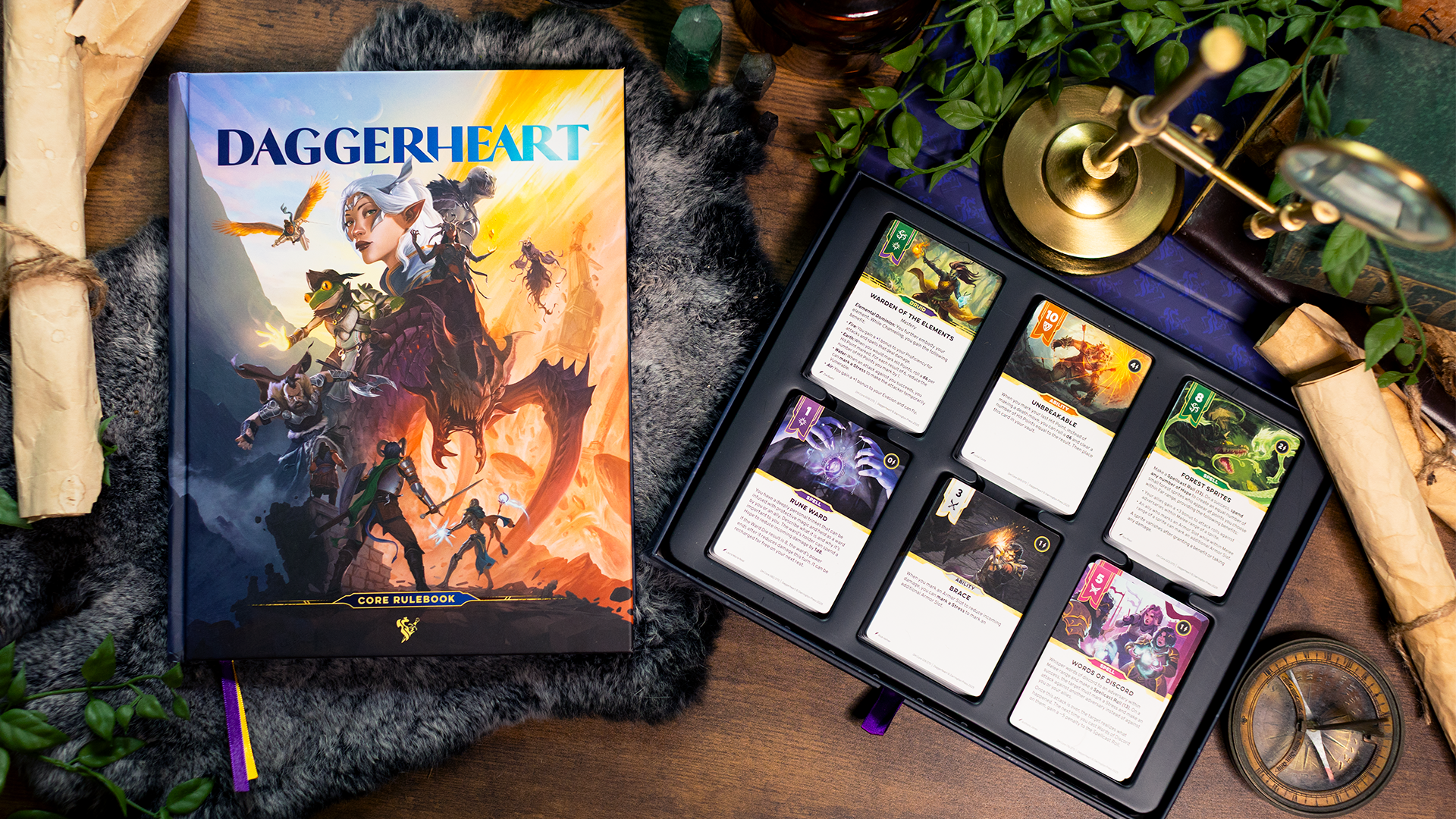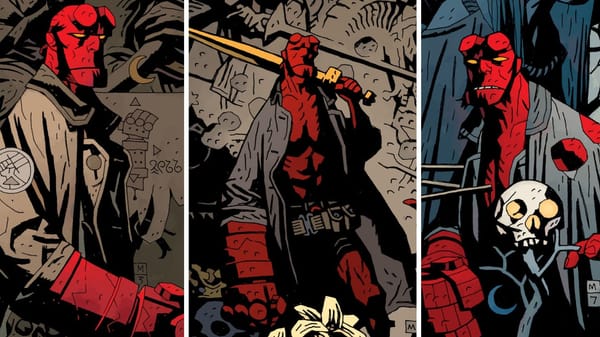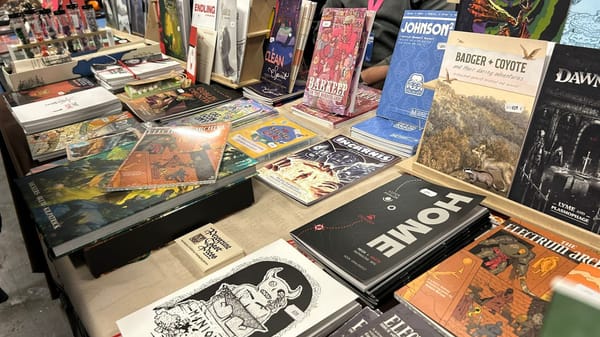Daggerheart does Dungeons & Dragons better than Dungeons & Dragons
I’m a basic heartbroken fantasy bitch.

Earlier this year Darrington Press — Critical Role’s tabletop publisher — released Daggerheart, a high fantasy heartbreaker partially designed to be the actual play giant’s answer to Dungeons & Dragons. The complete game included a core rulebook and a set of cards in a cardholder to facilitate character creation and loadout, complete with a dust sleeve. The game quickly found its audience, almost immediately selling out online and in local game stores. The demand for the game was so great that Darrington Press began to sell an “unpackaged” version, which included the core rulebook and the cards, but not the card holder or sleeve.
While Darrington Press doesn’t boast the Xerox-level name brand that Wizards of the Coast enjoys (D&D is still the five thousand-pound dragon in any room), for a game that did nothing to hide its inspirations or its aspirations, the public reception was marked as a massive success by the company. And, having read through the game book and played a few sessions, I have to admit that much of its praise is well earned.
In 2019, Aaron Marks of Cannibal Halfling Games commented that “D&D is a genre, not a single game.” The idea of what Dungeons & Dragons is — a game, a lifestyle, an experience — changes from year to year as media such as Critical Role, Stranger Things, and even Baldur’s Gate 3 influence the public’s perception of what it means to play a game of D&D. The rules of D&D 5E aren’t the game. The game is, fundamentally, what you play at the table. Earlier this year, a game designer on Bluesky concisely summarized this when he said “If [Powered by the Apocalypse] is genre emulation, Daggerheart is emulating the genre of D&D.” I don’t believe that Daggerheart is going to supplant D&D, but I do believe that it is, fundamentally, a better game.






